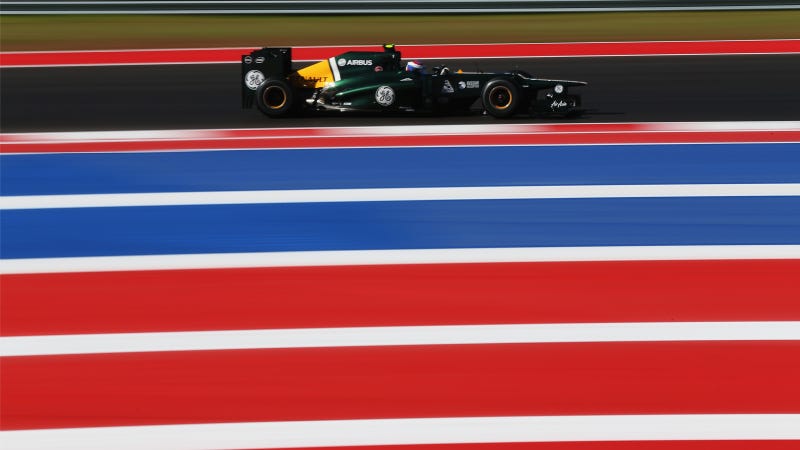

This week, we'll take you to Formula One, where the drivers are handed with an extra help to spot the marshals' flags. A driver cannot possibly know if the car behind him is driven by someone who's looking to lap him or his rival for a better position in a race.Īt the same time, if a driver does something wrong – from the sporting points of view – during the race, he is now able to find out about it immediately and undergo a real-time penalty, rather than wait for it until the chequered flag.Īs different racing series have different flags, or the same color can mean something different depending on the championship, we will today start a series of articles, aimed at providing you with the necessary knowhow to interpret it. Nowadays, flags in motor sports are not only used by race marshals to signal the start or end of a race, but also to warn drivers about potential danger ahead or even to hand drastic penalties.


 0 kommentar(er)
0 kommentar(er)
